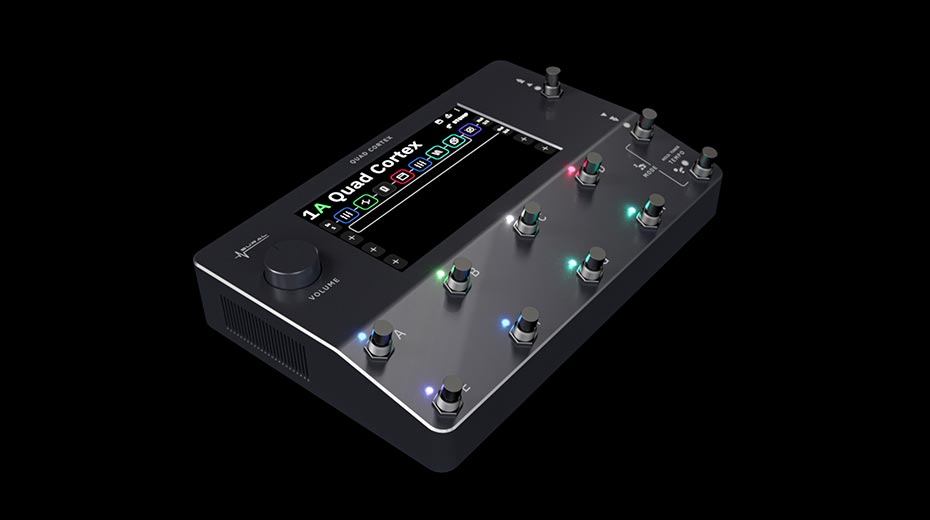
We give three examples of three content-based retrieval tasks based on this paradigm. Many content-based retrieval strategies follow the query-by-example paradigm: given a music representation or a fragment of it (used as a query or example), the task is to automatically retrieve documents from a music collection containing parts or aspects that are similar to the query. The term content loosely refers to any kind of information that can be directly derived from the music material to be queried, compared, and retrieved. How can a user be satisfied if he or she looks for music with a specific rhythmic pattern or harmonic progression which have not been annotated? To handle such scenarios, one requires content-based retrieval systems that only make use of the raw music data, rather than relying on manually generated metadata. How should a retrieval system be designed if the user's query consists of a short excerpt of a CD recording or a melody sung into a microphone? What can be done if only a few measures of a musical score are available? Furthermore, not all retrieval scenarios can be handled by a purely text-based approach. While text-based retrieval systems can be very powerful, they require the audio material to be enriched with suitable metadata-an assumption that is often not valid, in particular for less popular music or music material that is scattered in unstructured data collections. Even though such tags may be quite noisy, they still express certain general trends and describe the music content in a statistical and human-centered way. Many music recommendation systems rely on a large number of tags that have been generated by different users, automatically extracted from music blogs, and enriched by statistical information on user behavior and music consumption. Such tags may describe the musical style or genre of a recording, and also include information about the mood, the musical key, or the tempo. Recent retrieval systems complement editorial metadata with general and expressive annotations, which are also referred to as tags. For example, a music recording may be described by the name of the artist or composer, the title of the piece, or the song lyrics-editorial data that is typically created manually by domain experts. Most of the available services for music recommendation and playlist generation rely on metadata and textual annotations of the actual audio content. The retrieval system should then deliver from a given data collection all documents or items that are somehow related to the query. An information retrieval process begins when a user specifies his/her information needs by means of a query.

The general field of information retrieval (IR) is devoted to the task of organizing information and of making it accessible and useful. The revolution in music distribution and storage brought about by digital technology has fueled tremendous interest in and attention to the ways that information technology can be applied to this kind of content. PhD Thesis, Universitat Pompeu Fabra, Barcelona, Spain, 2011.

Joan Serrà: Identification of versions of the same musical composition by processing audio descriptions. Casey, Remco Veltkap, Masataka Goto, Marc Leman, Christophe Rhodes, and Malcolm Slaney: Content-Based Music Information Retrieval: Current Directions and Future Challenges. In Meinard Müller and Masataka Goto and Markus Schedl (ed.): Multimodal Music Processing, Schloss Dagstuhl-Leibniz-Zentrum für Informatik, 3: 157–174, 2012. Peter Grosche, Meinard Müller, and Joan Serrà: Audio Content-Based Music Retrieval. For an overview, we refer to the following articles. Parts of this notebook are inspired by the work by Joan Serrà.

In particular, as described in Section 7.3, we discuss a retrieval scenario referred to as version identification.

Following Chapter 7 of, we give in this notebook an introduction to content-based audio retrieval.


 0 kommentar(er)
0 kommentar(er)
